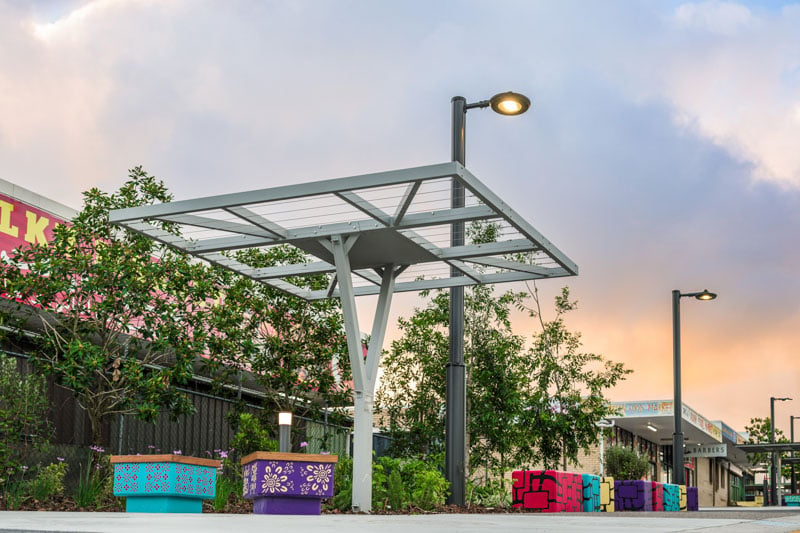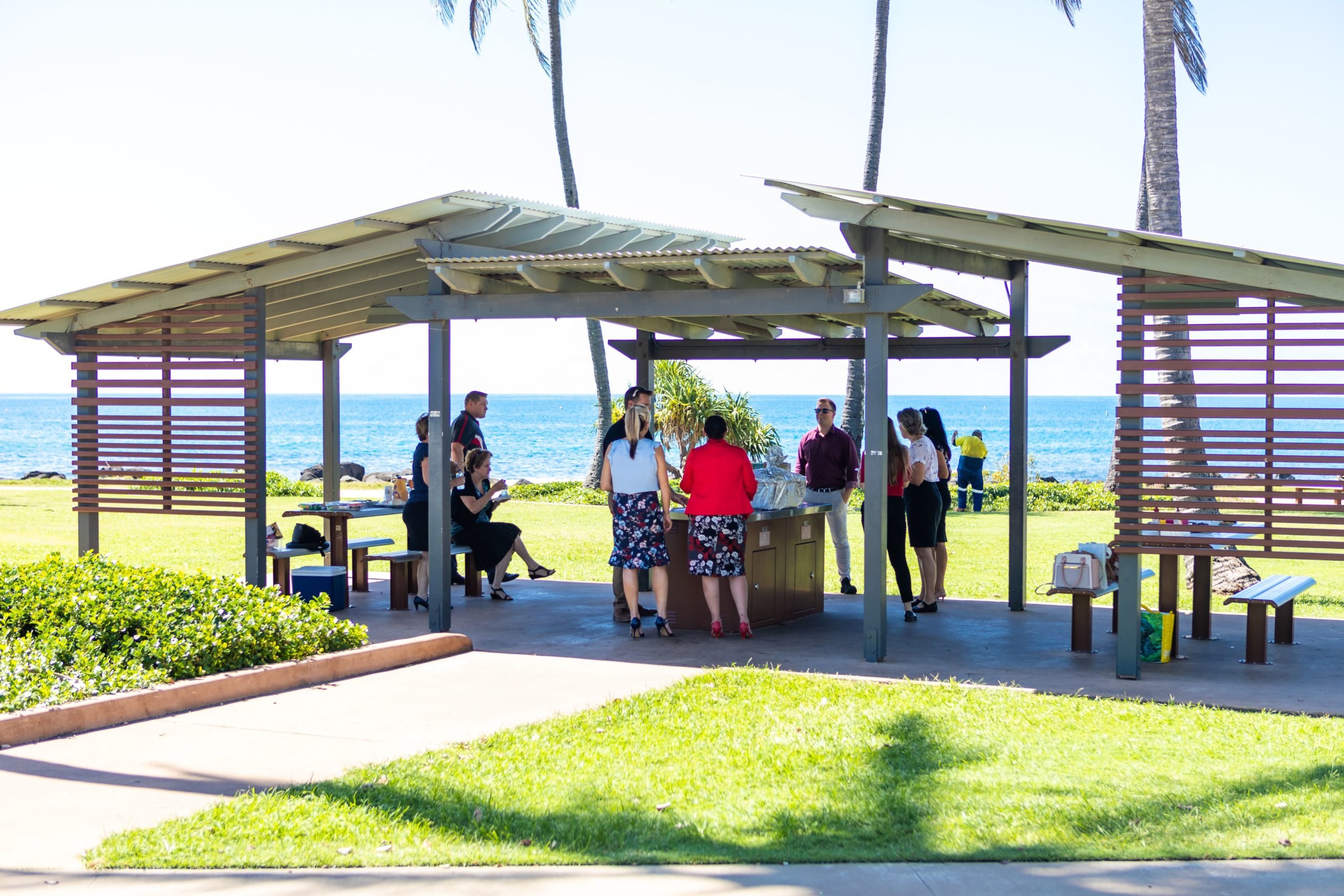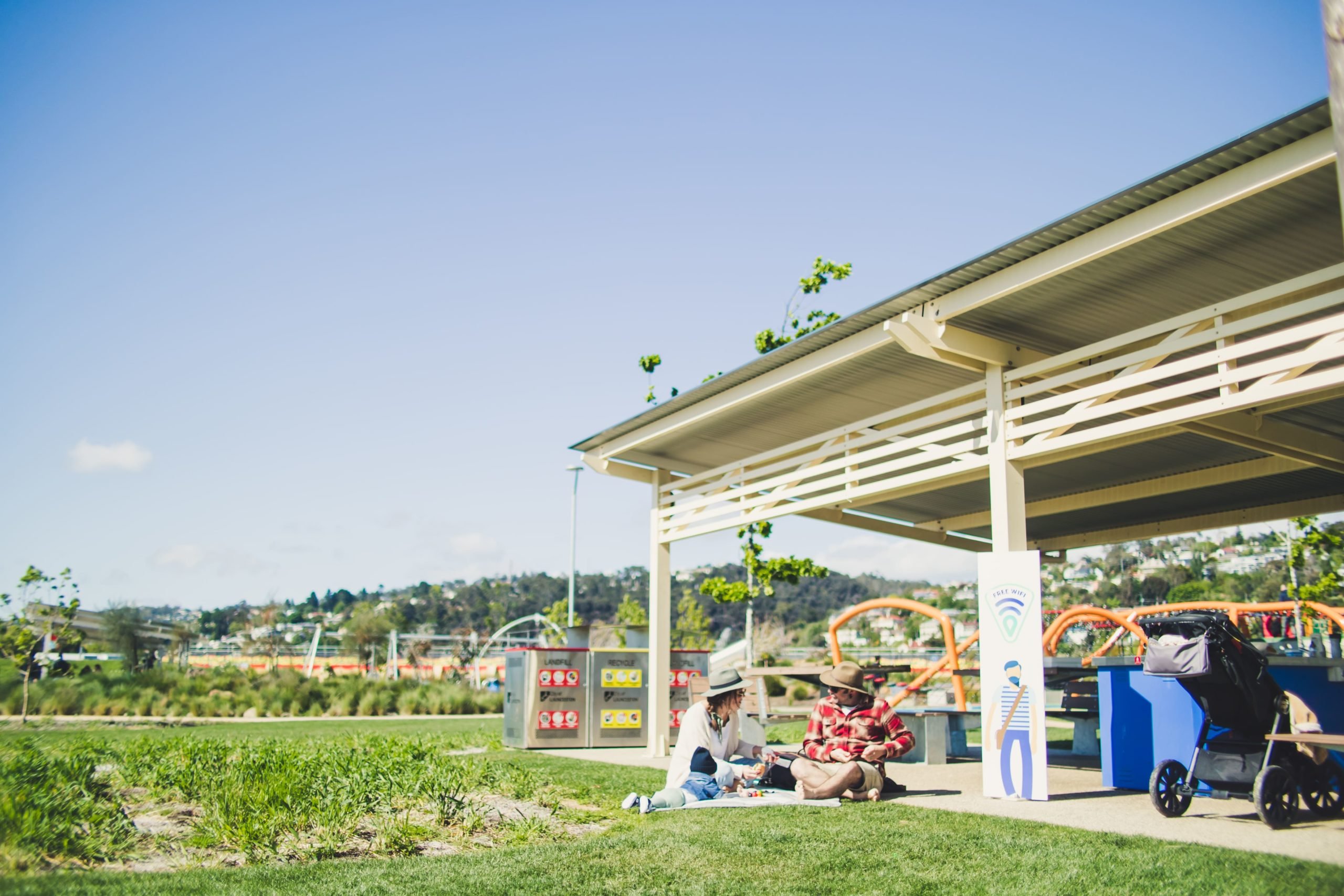March 24, 2025
Urban nature parks bring numerous opportunities for communities to enjoy outdoor relaxation and recreation surrounded by stunning natural landscapes. Urban nature parks nurture and grow community wellbeing, and act as a haven for native flora and fauna, making them a significantly important Australian public space.
What is an urban nature park?
Urban nature parks are public areas where the main purpose is to participate in outdoor recreation in a location that is dominated by natural landscapes, with very few buildings or manmade attractions (such as playgrounds and cafes) to interrupt the native beauty. Such areas can include national parks, wild flora and fauna gardens, and public bushland where activities include hiking, nature walks, picnics, boating and relaxation surrounded by nature.
The importance of urban nature parks for environmental wellbeing
Urban nature parks deliver a range of ecosystem benefits. The extensive natural landscape and range of biodiverse flora and fauna can provide “air and water purification, climate regulation, carbon sequestration, and the provision of habitat and resources for [local] wildlife”. The rich biodiversity allows for native wildlife to live and flourish, which is extremely important in this day and age as urban living continues to grow and affect nature.
Prioritising native flora in urban nature parks is integral to promoting a healthy, natural ecosystem, and preserving Australia’s cultural biodiversity. Native plants provide a vital and safe habitat for native wildlife, of which 70% of Australia’s endangered native species live in natural parks. Australian native plants require very little water to survive (a boon in Australia’s dry climate) and can control erosion, reduce land degradation and salinity, and improve water quality and availability. It is also important to promote native flora in order to preserve the Australian landscape’s natural heritage.
In Australia, our nature parks provide valuable insights into our history and culture, and provide protection for historical areas that can date back over 20,000 years. Nature parks to this day are still used by First Nations people and act as sources of food, tools, medicine and spiritual activities, and are a valuable connection to Country.
The importance of urban nature parks for community wellbeing
Urban nature parks are important for physical and emotional wellbeing, acting as “important sanctuaries where people can take time out, enjoy nature, get fit, relax and revitalise, while nature’s inherent beauty serves as a source of artistic, creative and spiritual inspiration” (National Parks Association of NSW). A study by the Frontiers Journal looked at the benefits of natural wilderness parks compared to urban city parks and concluded that “wilder areas … seem to be affording more benefits to people – and their most meaningful interactions depended on those relatively wild features”. The participants of the study recorded that interacting with natural features, such as visiting beaches and hiking, was more fulfilling and meaningful than visiting a manmade city park.
Further research has shown that engaging with the natural environment “is likely to have a significant positive psychological effect, serving to reduce stress, anger, frustration and aggression, providing an opportunity for social bonding, and serving as a place for learning and mental stimulation” (National Parks Association of NSW).
Our urban nature parks can also act as an inclusive environment that welcomes people of all cultures and abilities to enjoy the natural Australian environment. When creating low-impact developed areas in nature parks, such as BBQ and picnic settings, seating areas, and hiking trails, having options for people with disability and/or low mobility, is integral to developing an area that is a welcome community space.



 Back to News
Back to News 



